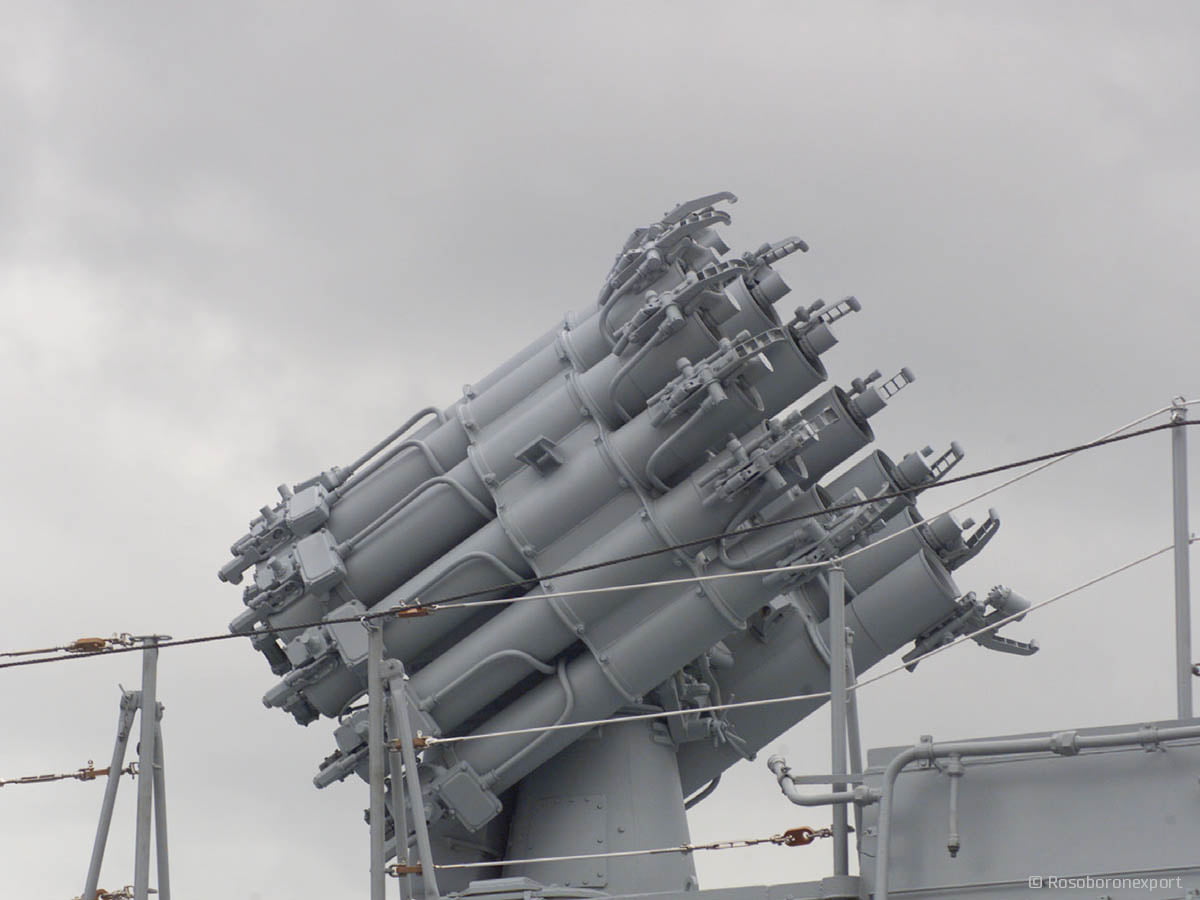A Pinaka-Based Extended-Range Anti-Submarine Rocket Is Being Developed By ARDE And L&T

The Indian Navy has developed an extended range anti-submarine rocket (ASR) in collaboration with the armament research and development organisation (ARDE) and the High Energy Materials Research Laboratory (HEMRL). The Defence Research and Development Organization (DRDO) oversees both laboratories, as TOI has reported.
The Navy has established a set of qualitative requirements for ARDE’s internal trials after the agency recently showcased a new rocket technology to them. The navy currently has a vintage Russian rocket RGB-60, which is an unguided area weapon for attacking submarines with a maximum range of 5.3 kilometres.
These rockets are launched by the RBU-6000 rocket launcher, which is installed on some Indian naval ships, notably the R-Class, Delhi Class, and Talwar Class, as reported by TOI earlier.
The Indian navy seeks an anti-submarine rocket with a long range that can engage an enemy submarine from a distance of 8 kilometres. As a result, a team of scientists worked on the project and developed the rocket to meet the navy’s specifications. The agencies are now working on the qualitative requirements set forth by the Navy.
The invention is based on a Navy requirement that firing torpedoes against an enemy submarine is deemed a planned attack that could be costly if the attempt fails.
As a result, the rockets are primarily viewed as a ‘urgent strike weapon,’ capable of being fired singly or in a salvo to disrupt submarine movement. As a result, the rocket’s role is just as important as torpedoes.
Given the importance of the Indian Ocean Region and the rising sightings of foreign submarines in the Indian Ocean, an extended range rocket capable of engaging hostile submarines from a greater distance is a must-have, according to the officer.
According to reliable sources, L&T will shortly begin integrating the Extended Range Anti-Submarine Rocket on a new launch platform.







Facebook Comments